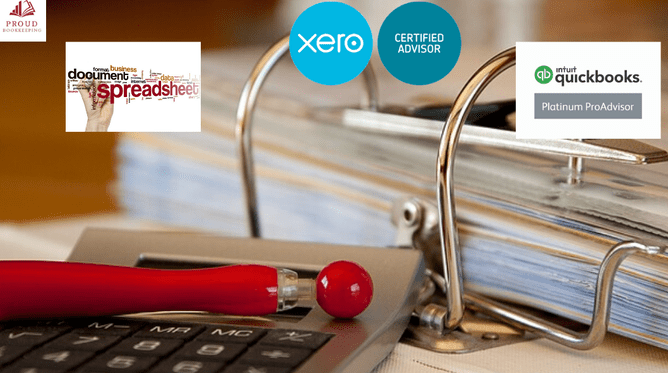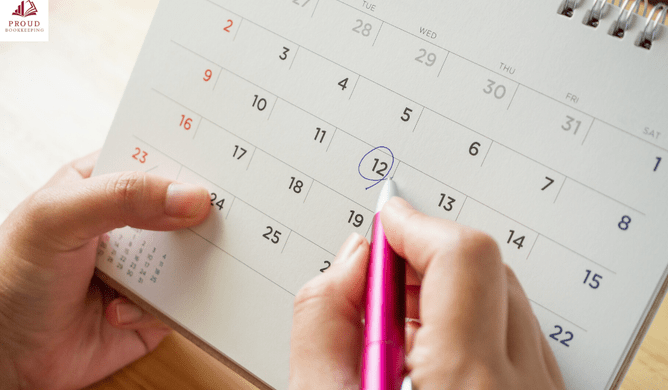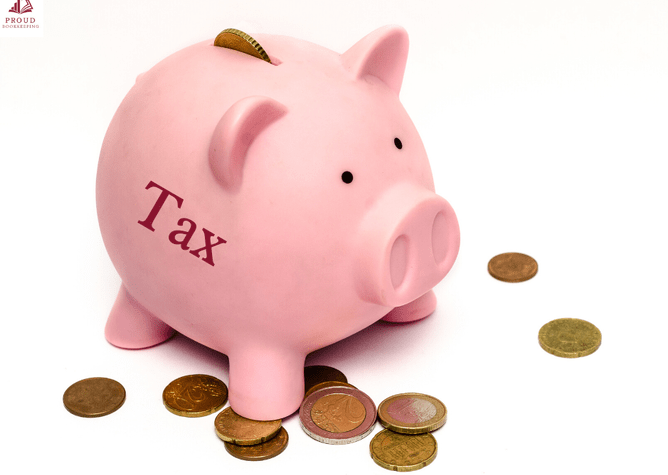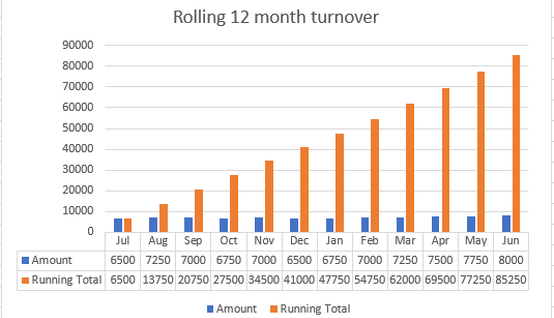We all start out in business for different reasons, we might have been yearning to be our own boss for years, but not had enough experience in our chosen field or had family commitments that were too great, or like me you might have been made redundant and thought 'I can do this on my own'.
Whatever the reason you started, the one thing most small business owners have in common is that they start a business because they are passionate about their skills, so it could be that you can design bespoke wooden huts, or repair classic cars, or you can sell snow to eskimos. Most sole traders will not think I love doing admin and bookkeeping and can't wait to get started.
And so about 6 months in the adverts come on the TV - it's time to fill in your Self Assessments (WHAT? Does that mean me?) and the panic sets in slightly. Where have I put all my receipts, I think they're in a box in the little bedroom, or they could be in the glovebox and the massive rush of receipt retrieval begins........
What if you had spoken to someone when you started your business and they had told you what you needed to do, would that have helped? Some it would, but many it wouldn't because the excitement of selling snow to eskimos was too great and you were selling it by the bucket full - did you give them an invoice or a receipt?
When you start you will probably want to set things up yourself and so here are a few things to think about when starting your bookkeeping systems.
1 - Set up a Good System
Look for and ask questions about what is a good way to record your income and expenses. Think about what you want out of them when they are done - I know the taxman will want to know what you have done - but don't you too?
Make sure that you will be able to use it, even if you don't want to use it. Our favourites are Quickbooks Online or Xero both work with Apron Capture, this enables us to analyse the numbers not just enter them.
2 - Choose a software that you like and will be able to use
Once you've decided on a software, then make sure that it is set up for your needs, check all the categories in the Chart of Accounts, are there enough for what your are wanting to record, you can always add more in and there are plenty of videos out there to show you how.
Make sure you put your logo on the invoice section and you are happy with everything on the invoice, most of these can be changed, some can be customised if you are a css/HTML coder - I just stick to the basic ones, they are much better than a duplicate book anyway.
3 - Do it Regularly
Once you've decide on how you are going to store your invoices and receipts until you are ready to enter them and you have set up your Bookkeeping software, then make sure that you put aside time to enter all your data on a regular basis - I would suggest once a week at a minimum depending on how many transactions you have.
4 - Put money aside for the TaxMan
Once you are up and running with your bookkeeping and keeping on top of it, it's time to start thinking about putting money away for the TaxMan, if you are running your reports on a monthly basis then you will be able to quickly work out approximately how much you will have to pay the TaxMan.
5 - Keep a check on your rolling 12 month turnover
This is really important when you start earning over £60,000 a year as it soon creeps up and before you know it you've earned £95,000 and have gone over the VAT threshold.
The current threshold for VAT is £90,000 and you need to be able to let the TaxMan know if you expect to go over this threshold in the next month
I hope that you have managed to read all the way to here and that it will help in the running of your business, if you would like to receive more hints and tips......
Why not sign up to our Newsletter?
We'll send you hints and tips for keeping on top of your bookkeeping?





